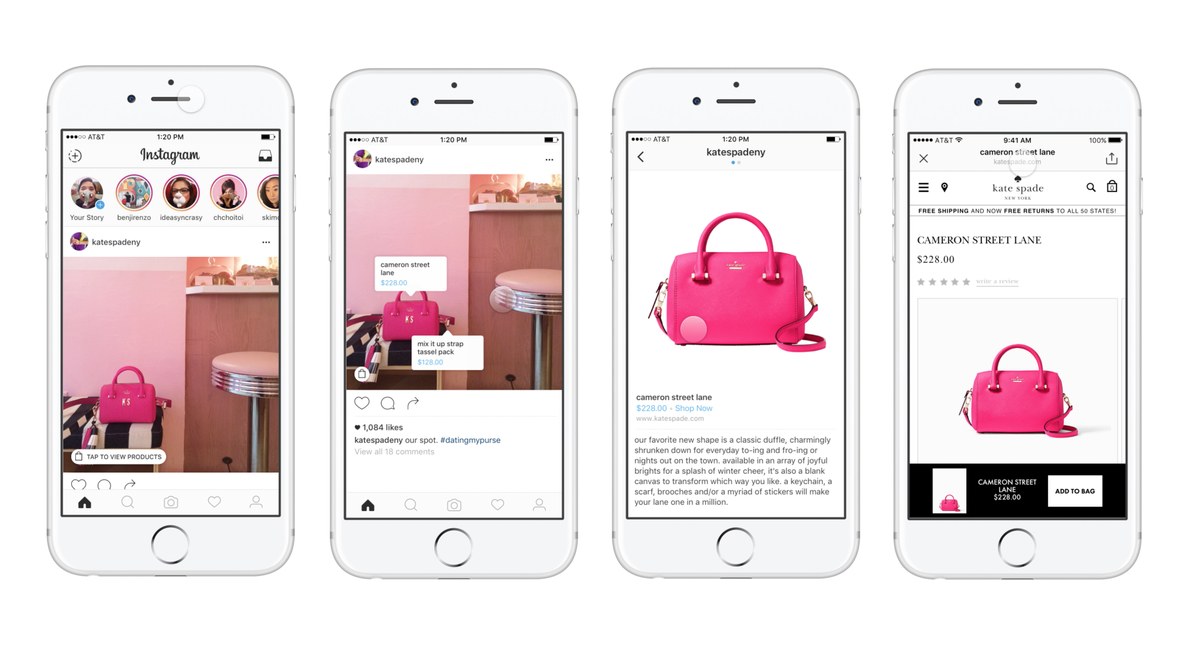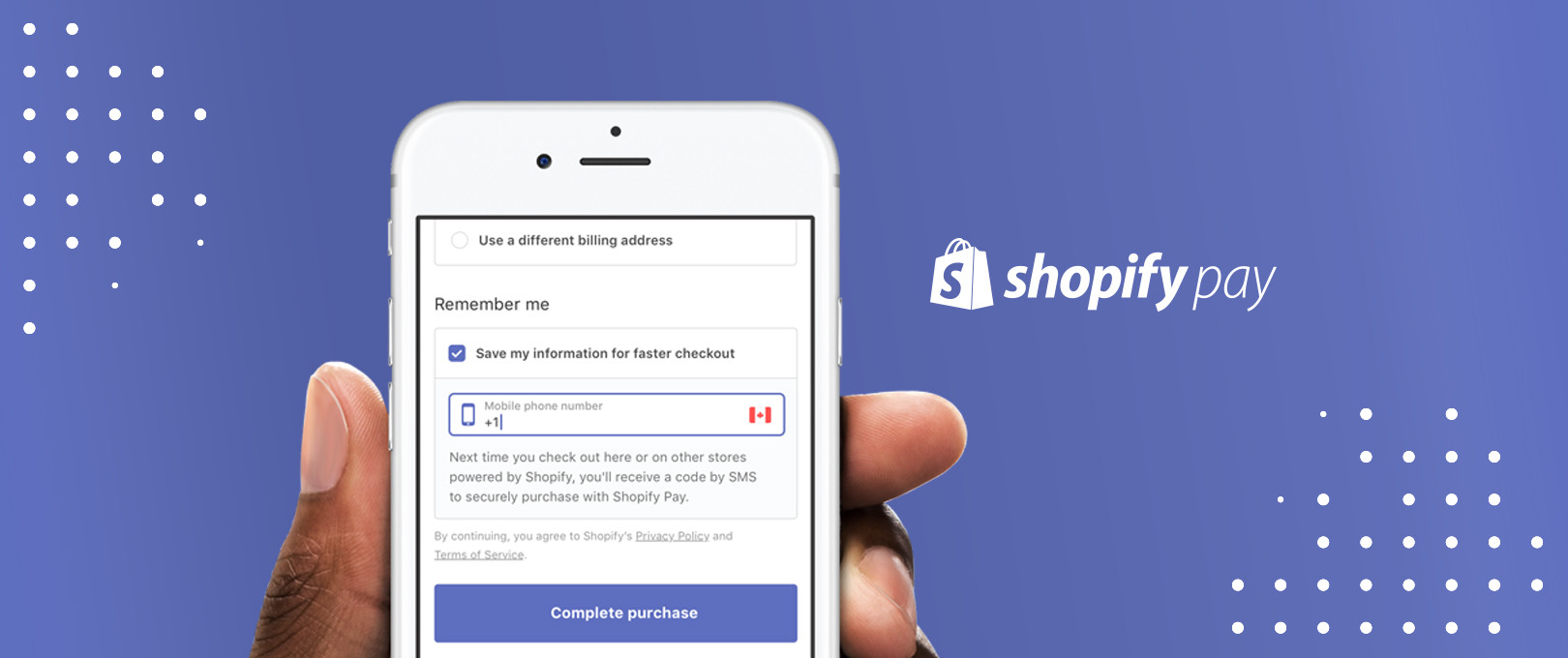
- May 22, 2017
- Advertising, Ecommerce
The Top Online Shopping Trends in 2017
Online shopping goes through fads and trends just like any other sector, and while some of them will come and go as quickly as the Unicorn frap at Starbucks, others will stand the test of time and become part of the cannon of ecommerce. Here are six of the top online shopping trends for 2017 that we think will stick around long after your frappuccino has melted.
1. Virtual Dressing Room Technology

Like Cher’s iconic wardrobe computer – only better
More than half of modern consumers prefer online shopping to in-store, but every time consumers make purchases for clothes, shoes, and other wearables, they’re taking a chance that what they order won’t fit and will have to be returned. We’ve all been there. It’s no surprise then, that more online businesses are concentrating on technology that allows consumers to try on clothes and test out gear from the comfort of their homes, using technology like virtual reality and data aggregators. While oftentimes people peruse and certainly prefer buying from their couch in sweatpants, Intel’s internal research found that a whopping 73 percent of the time, consumers browse online but then buy in-store. To combat this, big-name retailers are making moves to allow online buyers a complete experience – virtual try-ons. In February, Gap debuted a pilot AR app, DressingRoom by Gap, which lets users select one of five body types, then virtually try on clothes. Jewelry brands and retailers were among the first to experiment with AR try-on software. Mobile apps Shop 4 Rings, TryItOn Jewelry, Say Yes!, Hamilton Jewelers’ Put a Ring on It, and Tiffany & Co.’s Engagement Ring Finder, among others, let would-be buyers virtually place rings on their fingers, then share those images on social media and through email.
2. Increasing Growth of M-Commerce
M-commerce, for the uninitiated, is mobile commerce – see what they did there? Mobile commerce is nothing new for 2017, but it’s exponential and unparalleled growth means that it will continue to be a top trend this year. What does that mean for your ecommerce store? It must be responsive, you must have a mobile-friendly shopping cart and checkout, you should offer a variety of secure payment options, and you might want to look into the possibility of a one-click checkout. When you’re designing your forms, have as few requirements as possible. You want to make this a seamless and quick transaction. Mobile responsiveness used to be a plus for any ecommerce store, but now it’s without a doubt a necessity.
3. The Rise of Social Shopping
Social media sites were once solely traffic drivers for ecommerce stores, but now they’re becoming a bonafide platform for making purchases. Facebook, naturally, is at the forefront of social media ecommerce. The platform has integrated ‘Buy Now’ in their News Feed advertisements. So even if you’ve never bought something from a merchant before, you don’t have to re-enter your payment details if you’ve already stored them on Facebook. You just click ‘Buy’, click again to confirm, and the item is on its way! Google and Pinterest each have their own version of the ‘Buy Now’ button too. No social realm is void of ecommerce options today.

Up next to bat is Instagram. Back in November 2016 certain US retailers such as Kate Spade, J. Crew, Warby Parker and Jack Threads have had access to test Instagram’s new shopping experience that allows followers to tap photos for pricing and product information within the app, and follow the “Shop Now” banner to be redirected to the brand’s site. With this also comes key insights around the metrics that matter most to the businesses bottom line. Instagram stated that they had tremendous success and have continued to roll out the feature to more brands. Hopefully becoming available to mainstream marketers soon enough!
4. Expansion of Mobile Payment Methods

Because m-commerce and social shopping are on the rise, so too are convenient, secure, and one-click payment methods. Eliminating barriers to purchasing is one of the best things you can do for ecommerce sales growth, and when it comes to mobile and social shopping, that means offering simple and easy payment methods like Amazon Pay, PayPal, Apple Pay, and other simple-to-use methods that are accessible for shoppers using mobile and wearable tech. Now even Shopify is throwing their hat into the ring. At Shopify Unite they announced Shopify Pay. So, how does it work? In Shopify’s own words, “After entering their shipping and payment details, shoppers can opt-in to have their information saved with Shopify Pay. Next time they check out at any store powered by Shopify, they’ll simply type in their email address, followed by a verification code they receive via SMS.”
5. Increasingly Personalized Shopping

Online shoppers are becoming more discerning and sophisticated, and they’re expecting higher levels of personalization from their ecommerce experiences. The good news is that tracking, analyzing, and implementing big data is now second nature for most ecommerce stores, so you already have the means available to offer personalized shopping. The ability to hit the right person at the right time is priceless and makes all the difference in a potential customer converting or clicking away. Here are some things customers are looking for:
- Targeted product recommendations based on interests, recent activity, and location
- Personalized retargeting (which can help you recover some of the 77 percent of carts that are abandoned)
- Customized campaigns
- Individual loyalty rewards
- Apps and services to fine tune your targeting/retargeting efforts
6. Chatbots
The year 2017 will be a notable year for many consumers in interacting with AI chatbots. Though chatbots are nothing new, the technology has matured and developed in a way that makes effective customer service simple and affordable. Don’t worry—we’re not talking about Terminator and Judgement Day here: it’s just an automated chat service that’s similar to (and way less annoying than) the electronic phone trees that many retailers already use. Usage of AI-enhanced services is on the rise with Forrester reporting that more than a third of U.S. online consumers say they are using a web site’s virtual agent or a smartphone-based virtual assistant, such as Apple’s Siri or Google’s Assistant, to seek customer service help.
Here’s a run-down of how it works: say you operate a hotel chain. Instead of calling or booking online, a customer could start a conversation with a chatbot via text, and could book a room through the chatbot. Whatever the platform, these AI implementations are built on a common foundation: solid knowledge of the customer experience and the purchase lifecycle.
Fads come and go, but for these six hot trends for online shopping, we think they’re going to make a huge impact in the world of ecommerce. In order to stay current and relevant, online sellers must always be adopting new technologies and adapting to the way these trends change the way things are done, so keep an eye out for how these six trends grow and evolve over the next little while.







Leave a Reply
You must be logged in to post a comment.